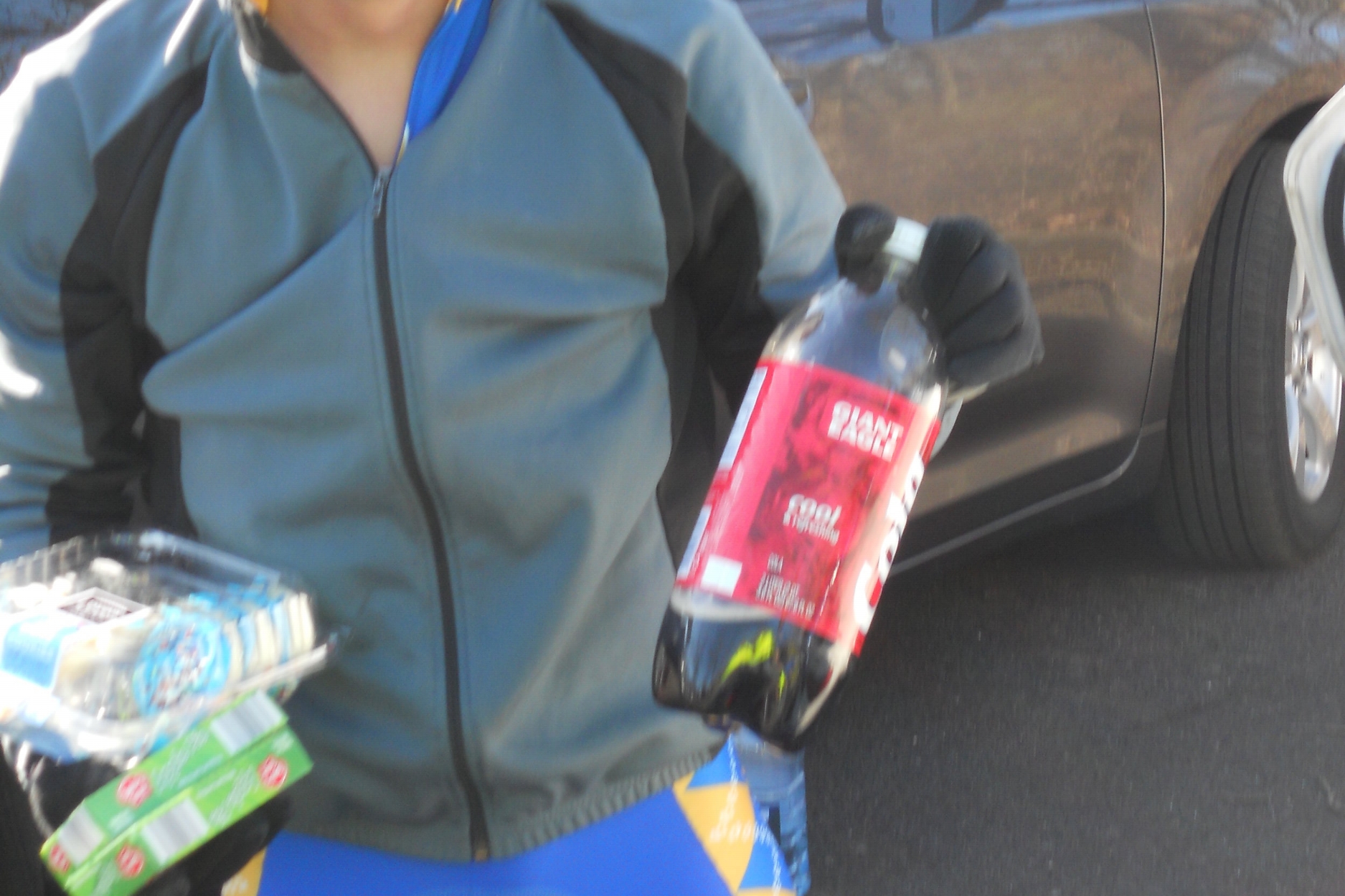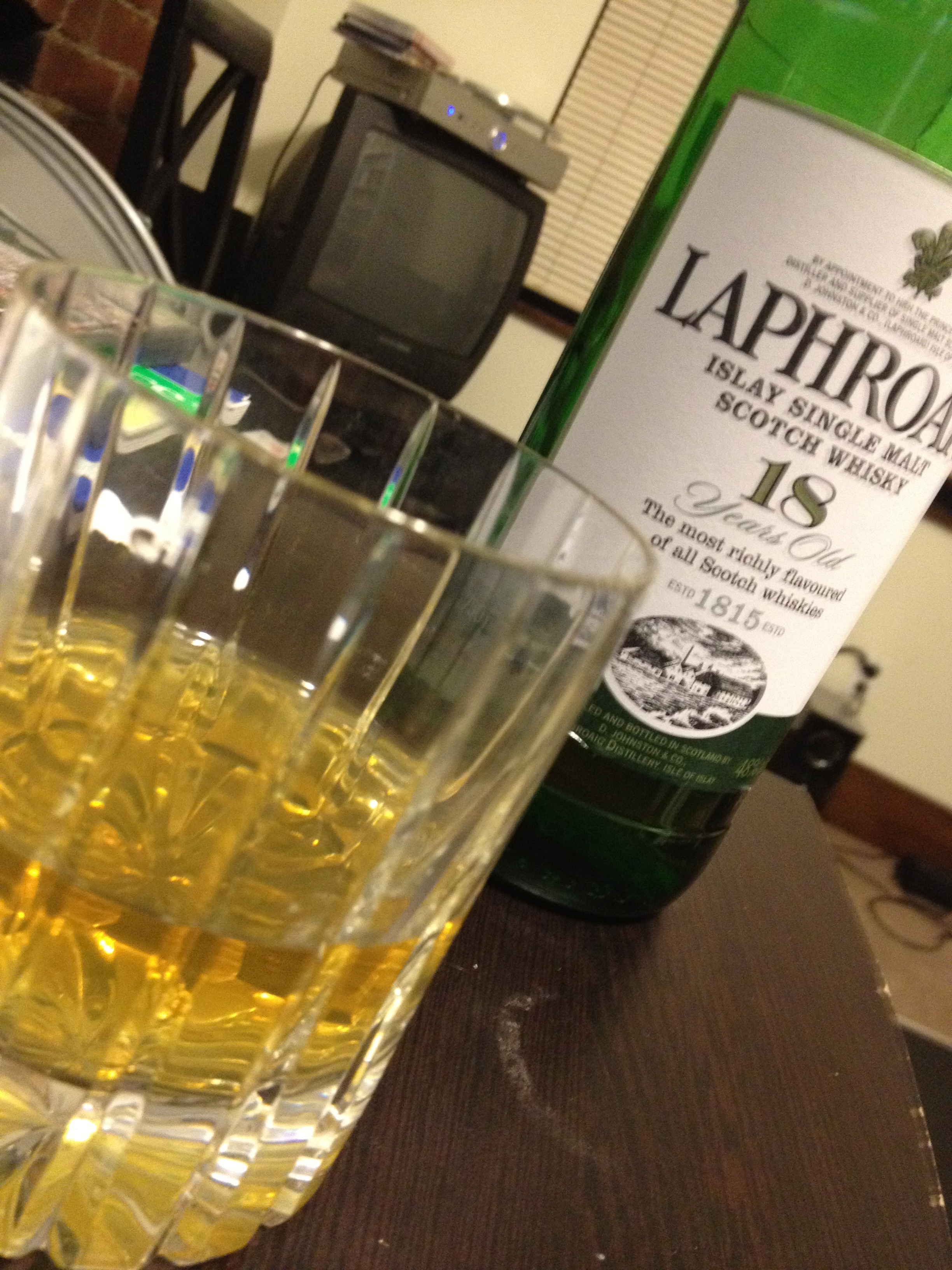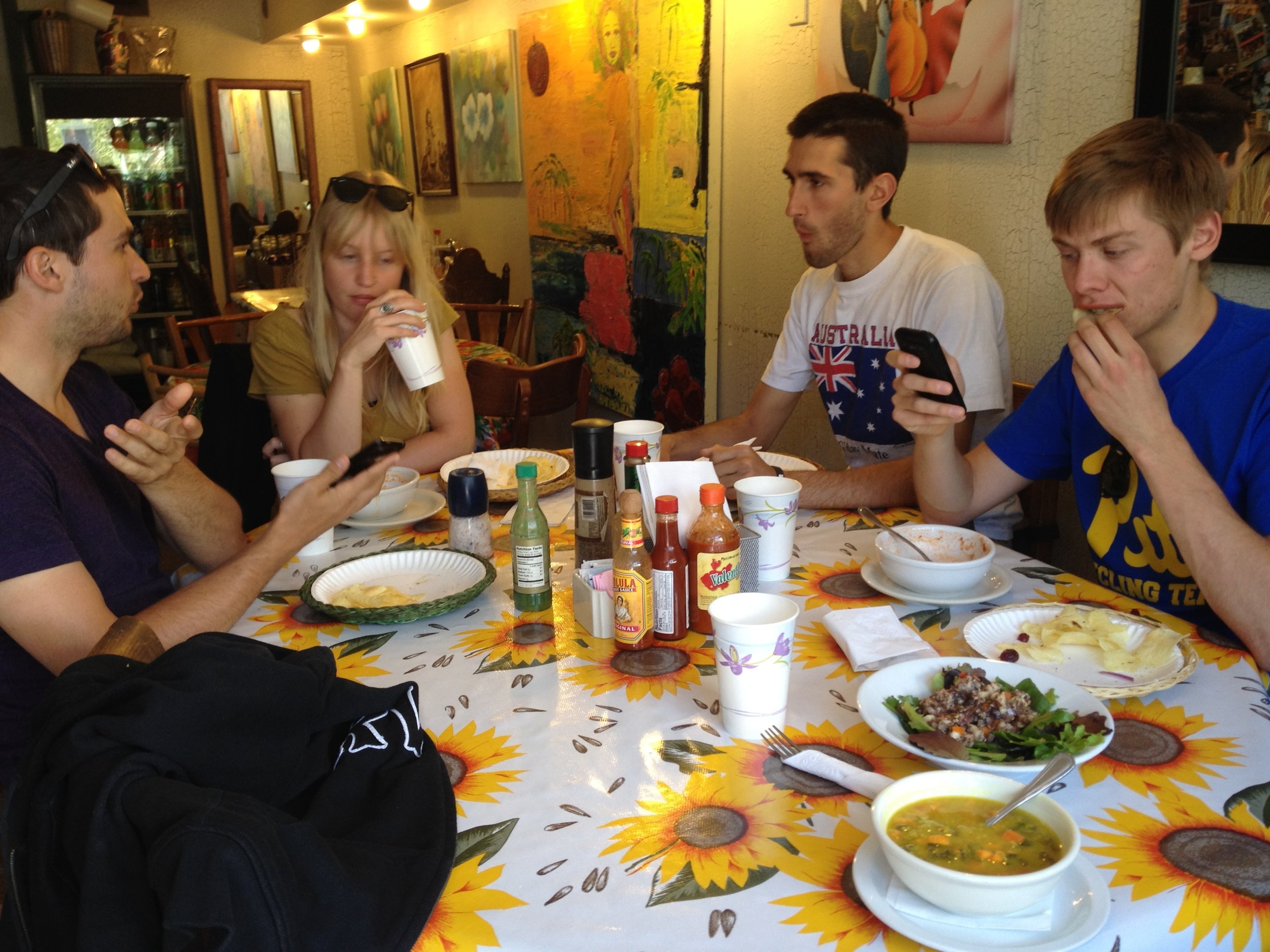There are so many voices out there telling you how you need to get down to your peak race weight- Here I’m going to boil it down to 5 steps- that while easy- are also challenging, to help you get lean AND fast as you head towards your peak race in mid-summer (Late June to Mid-July).
But first, let’s make one things crystal clear from the outset: If you see that at any point in your weight loss journey that your recovery time is INCREASING (longer to recover from workouts), Your energy levels are dropping, or your Watts per kg are going south, You need to take a step back and really re-evaluate what you’re doing, because something is NOT working. If not recognized quickly, this can completely derail your season, leaving you tired, upset, sick, and even injured.
If you’re looking for a short post with bullet points, this isn’t it.
I’m going to give you quality, Expert Advice, in moderate detail, so you can stop messing around, and bring your efforts into full focus so you can have your best season yet.
Now that we have that out of the way, let’s get down to brass tacks:
 No, you Shouldn’t fuel for races like this!
No, you Shouldn’t fuel for races like this!
What is “Racing weight” or “Peak Weight”?
Racing weight is where you have the optimal body composition that will allow you to perform at your absolute best, while allowing you to be light, HEALTHY, and super competitive.
The riders of the Grande Tours are NOT at healthy weights in the last 5-8 days of those competition.
I want to make sure that you got that last point, so I’m going to say it again:
The riders of the Grande Tours are NOT at healthy weights the last 5-8 days (if not longer!) of those competitions. That means the winners and podium finishers for the Tour de France, Giro d’Italia, Vuelta e Espana, are at very unhealthy body compositions for the ends of those competitions. In fact, this applies to nearly all the FINISHERS of these races.
These are professional athletes, with a full-on sports medicine team, including Registered/Licensed Dietitians, and a full medical staff AND Kitchen staff, dedicated to ensuring that they remain healthy to finish the race, and then recover.
So when your cycling buddies are sitting around sipping on Calorie free soda after your hard group ride, talking on and on about how they’re going to get down to 5% body fat like Chris Froome for the TdF, take a big swig of your Cappuccino, and laugh your butt off- cuz those numbers are incredibly hard to attain without that full-on professional support staff, and can lead many an average cyclist astray should they try to attempt them.
Now, back to you- Your optimal Body Composition (or Body fat %) is going to depend on a number of things, including your age, sex, competitive level, length/duration of the race you’re building for, as well as your fitness and training background. And hate to break it to you (ok, no I don’t hate this, I LOVE doing this, because it gets you on the right path!), but REALLY this body composition number can only be determined with the help of a Registered Dietitian. If you want to be real about it.
So if you’re “Super serious this year dude!” then step up and hire a pro to help you- no, not the ripped Bro-dude at the gym who has some “Nutritionist certification” from NoRep University online, but someone who has had proper training and vetting. Hire an RD/LD, preferably who specializes in sports nutrition in your sport of focus (different sports have different nuances).
Now that Step #1 is covered –It’s hire a pro to help you- if you decided that you aren’t “Super Serious dude” and want to start on your own, let’s look at this in a healthy, lifestyle goal fashion and move on to Step #2
Step #2
Improve your body composition over a longer period of time, not 4-6 weeks!
You should be determining what you would like your peak race BODY COMPOSITION to be for a June-July peak, RIGHT NOW at the end of January, NOT in late May!
(Note I didn’t say body fat %, but Body Composition!)
Why?
Because to get there while BOOSTING your performance we should look to lose up to/around 1 lb of FAT per week, between now and then….
The bodies Fat mass is an incredibly important number to know, as this will give you a very REAL idea of what is actually attainable. What do I mean?
Let’s say you weight 187 pounds, and are at 8% body fat right now. Thinking you can lose 10 pounds, and race at 177 pounds it pretty unrealistic, as it would mean losing a good amount of muscle mass along with the fat, and putting yourself at risk of getting sick due to too low body fat. (a more realistic goal would be 181-ish in this instance).
Body fat serves us in a number of functions, including, but not limited to:
- Storage of fat soluble vitamins
- Aids in Hormone balancing within the body
- Serves as energy stores (3,500 calories are stored in each pound of body fat)
- Aids in thermoregulation (maintaining body heat/warmth)
It’s also important to note that dropping weight is incredibly stressful on the body, and being at a healthy body composition for the vast majority of the year (NOT Peak race weight) is vital to athletes as it helps support the bodies immune system functions, as well as allows for the body to focus on soft tissue repair that is necessary due to the wear and tear that constant training places on it.

Step #3
Cut the crap out of your diet
Processed sugars, foods that you’re “Eating because I can because I’m riding so much”, and in general highly processed foods, all have to go. Especially for post-workouts. This is where many well-intending athletes have gone awry, including myself when I first started training and riding seriously.
This is a really simple mistake that many people make, and yet, it is also incredibly easy to fix, by simply doing the following:
- Read nutrition labels
- Educate yourself as to what the different terms for added sugar are (I.e. Concentrated Apple juice)
- Start eating more fresh produce
- Cut ALL Alcohol out of your diet- nothing but empty calories

Step #4
Slightly short yourself on the post- ride calories…
But do so with Nutrient DENSE foods (Ahem, Fresh produce).
For me, way back when I started riding, it was “I ride a lot so I can eat a lot”. However, I ate relatively healthy things- Home made pizza light on the cheese and with lots of fresh veggies on top, Pasta, Lean beef, chicken, rice…they were all healthy foods.
But I made a mistake that cyclists of all backgrounds tend to make, and that is over-estimating their caloric need in the time immediately after a ride. Needless to say, it was SUPER frustrating to see the scale going up, even the slightest, when I was “EATING THE RIGHT THINGS!!!”
It’s in the time immediately post-ride that can have the biggest impact on a riders weight, and ability to lean out. Mid-day or late-night “snacks”- when one has done a poor job of timing their nutrition (more on that later)- is the second leading cause of body composition frustrations in endurance athletes.
Let’s do a quick overview of how eating too much post-ride happens, and how one SHOULD BE calculating caloric needs based on their ride.
- Pre-Ride meals/nutrition PLUS on-bike Nutrition tend to supply about 50% of the total caloric needs for that ride
- Post-Ride recovery shake/ drink (You ARE drinking these, right?) is 15-25%
- Post-workout meal is there to replace 20-30%
It’s this last part that those looking to lose weight tend to overshoot. We think “Hey! according to my powermeter I just burned 2,050kj, so I can eat 2,050 post-ride!”
Really, the thought should be:
Power meter says I burned 2,050 kj…. How should I fuel now?
Let me think about about what I ate so far for the ride:
Ok, So I had breakfast, which was around 450 calories about 90 min before the ride.
Then on the ride I had:
4 gels (x100cal)= 400 cal
1 cliff bar= 250 cal
1 bottle of sports drink =300 cal
3 bottles of water
So that’s 950 on the bike, plus 450 for breakfast, so that’s 1,400cal so far.
My Post-Ride Recovery smoothie gave me another 400cal.
Hmmm, So what should I eat for recovery to keep me moving in the right direction for my peak race, I have a debt of 250 calories right now…
Unfortunately most folks are not thinking this way, and instead think post ride they can eat the SAME amount of calories that their powermeter says they burned….
In the 2 -2.5 months leading up to your peak race (this is early spring for those peaking in Mid June/July), slightly undercut replacing all of your calories burned on each ride, BUT when you do this ensure you are getting enough healthy fats, proteins, and are increasing the fresh produce into your post-ride food.
This can be as simple as adding in fresh or frozen berries or greens into your post-workout recovery smoothie/shake to make them more filling/nutrient dense.
Then, the last 4-6 weeks pre-peak race (at this point you should be just 2-3 pounds away from goal body composition) aim for fresh produce and some proteins for your post-ride meal, cutting down the caloric density significantly to help you get to your goal Body Composition.
 You can get to your Peak Race in great shape, and body composition, with the help of an RD/LD, or by putting thought and care into your daily nutrition
You can get to your Peak Race in great shape, and body composition, with the help of an RD/LD, or by putting thought and care into your daily nutrition
Step #5
Start utilizing NUTRIENT TIMING to maximize the impact of everything you eat, so you can support your training, AND your leaning-out efforts appropriately!
This is where the post-ride smoothie comes in to play, and can really help you along the way.
Or, If you are not one for recovery drinks/shakes, you can try to time your rides so that when you get back it is time for one of the major meals of the day, thus helping you eat less due to fewer “snacks” or “Small meals” throughout the day.
Use pre-Ride meals (2-3 hrs pre-ride) to set you up for a strong ride, and try to eat REAL foods on the bike, in smaller amounts (but meet your bodies needs!) throughout the ride. Be smart here, as no one likes to have to stop for a bathroom break every 2 hours (Mind your fiber!). On-the bike we want to meet our caloric needs as best as we can.
Of course through this all, it is important to ensure that you are eating appropriately to support normal body functions, eating enough to support your training and racing, as well as to check that you are NOT losing more than 3-5 pounds of muscle mass a year (if you’re coming from a sport where more muscle has been added, such as American Football or Basketball), as doing so can create a huge negative hit on your training quality.
There is a ton of information I wish I could give you on leaning down for peak races, but I hope this post has opened your eyes a bit about the significant considerations, and the complexities that lie within, of how to properly change your body composition to get to your goal race in tip-top condition.
Remember if you’re “Super serious this year dude!” spend the time and money to work with a Registered/Licensed Dietitian. If you’re looking to just dip your toe in the water, ensure that you are in good health, are keeping a Training/racing and food logs, and remember that if you’re losing weight, but:
A. Getting sick more often
B. Suffering ‘small injuries’ from normal training
C. Have had a change in personality such that your friends and family turn heel and walk the other way
D. Seeing your power number drop and can’t figure out why
Chances are you’re doing it wrong, and should seek help immediately.
Some of you may be wondering “What about Sober Rides (Endurance rides with no eating before or during)?”
That is a topic for another post….
Menachem Brodie is a USA Cycling Expert Level, and Power Based Training Certified Coach. He is also a certified NSCA-CSCS (Strength Coach) with extensive experience working with athletes from the professional to amateur levels around the world.






